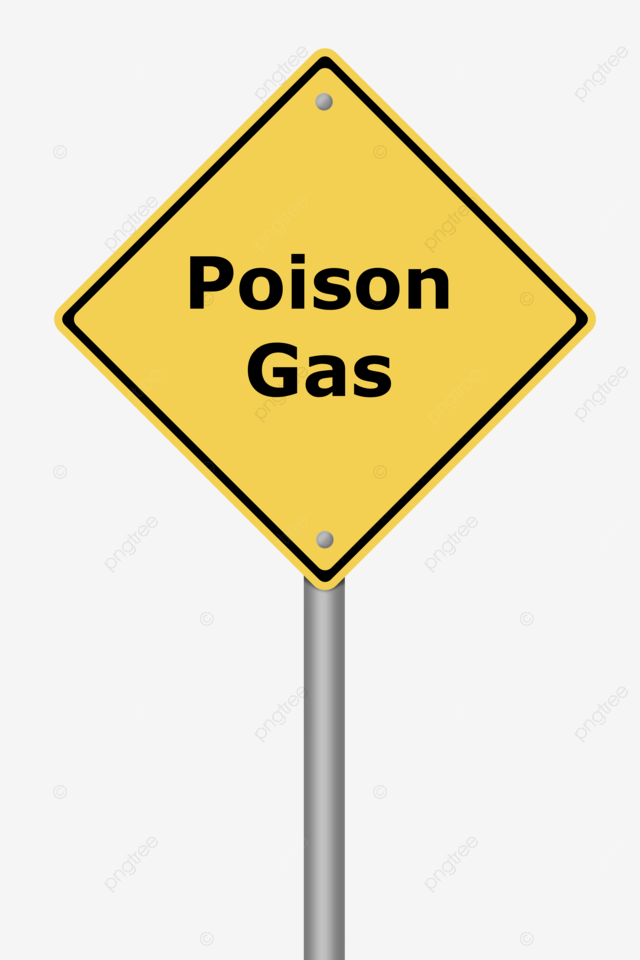Climbing Everest With Anesthetic Gas: A Risky Proposition?

Table of Contents
The Allure of Anesthetic Gas at Extreme Altitudes
Climbing Everest presents a brutal physiological challenge. Hypoxia, the deficiency of oxygen in the body's tissues, is a constant threat, leading to altitude sickness, characterized by symptoms ranging from headaches and nausea to life-threatening high-altitude pulmonary edema (HAPE) and high-altitude cerebral edema (HACE). The extreme physical exertion and harsh conditions also contribute to pain and injury. Theoretically, anesthetic gases could alleviate some of this suffering. The potential benefits, though limited and largely hypothetical, include:
- Reduced pain from injuries or altitude sickness: Anesthetic gases could temporarily mask the pain associated with frostbite, altitude-related illnesses, or injuries sustained during the climb.
- Improved performance (in theory): While highly speculative and potentially dangerous, some might argue that pain reduction could, in theory, lead to improved short-term performance. However, this would be significantly outweighed by the risks.
However, it's crucial to understand that these potential benefits are vastly outweighed by the inherent dangers.
The Critical Risks of Anesthetic Gas Use on Everest
Using anesthetic gases on Everest is fraught with peril. The already precarious conditions at high altitude drastically amplify the risks associated with these medications.
Hypoxia and Impaired Judgment
Reduced oxygen levels (hypoxia) severely impair cognitive function. Combining this with the effects of anesthetic gases creates a catastrophic cocktail:
- Slowed reaction time: This increases the risk of falls, slips, and other accidents on the treacherous terrain.
- Poor coordination: Simple tasks become challenging, increasing the likelihood of mistakes with potentially fatal consequences.
- Impaired judgment: Rational decision-making becomes compromised, potentially leading climbers to take unnecessary risks or make poor choices in emergency situations.
Respiratory and Cardiovascular Complications
Anesthetic gases can depress respiratory function, a critical concern at high altitude where oxygen is already scarce. This can lead to:
- Respiratory failure: The body's ability to take in sufficient oxygen is further compromised, potentially leading to death.
- Cardiac arrest: The strain on the cardiovascular system at high altitude is significantly increased by the effects of anesthetic gases, raising the risk of cardiac arrest.
Environmental Concerns
Discarding anesthetic gas canisters on Everest has significant environmental consequences:
- Pollution of the fragile ecosystem: These gases can contribute to the pollution of this delicate high-altitude environment.
- Challenges of waste removal: Removing these canisters from the mountain adds to the already significant logistical challenges of Everest expeditions.
Ethical Considerations
The ethical implications of using potentially life-threatening substances during an inherently risky endeavor are significant. It's questionable whether the potential for temporary pain relief justifies the substantial increase in risk to life and limb.
Alternative Pain Management Strategies for Everest Climbers
Safer and more responsible approaches to pain management on Everest exist. These include:
- Non-pharmacological strategies: Proper acclimatization is paramount, allowing the body to adjust gradually to the decreasing oxygen levels. Adequate hydration, sufficient rest, and a high level of physical fitness prior to the climb are also vital.
- Pharmacological options (under strict medical supervision): NSAIDs, while potentially helpful for pain relief, can carry side effects at high altitude and should only be used under strict medical guidance. Other medications may be considered, but only under the close supervision of a qualified high-altitude medicine specialist.
Conclusion: Weighing the Risks – Climbing Everest with Anesthetic Gas: A Reckless Gamble?
The risks associated with using anesthetic gases during Everest ascents significantly outweigh any perceived benefits. Hypoxia, impaired judgment, respiratory and cardiovascular complications, and environmental concerns make this a reckless and potentially fatal proposition. Prioritizing safety and responsible climbing practices is crucial. Proper acclimatization, rigorous training, and meticulous medical preparation are far safer and more effective strategies for a successful and safe Everest expedition. Avoid using anesthetic gas during climbs; focus instead on proven safety measures for climbing Everest, and embrace responsible mountaineering practices. Your life depends on it.

Featured Posts
-
 Obstrel Ukrainy Analiz Masshtabnoy Ataki Rf 200 Raket I Dronov
May 16, 2025
Obstrel Ukrainy Analiz Masshtabnoy Ataki Rf 200 Raket I Dronov
May 16, 2025 -
 Viet Jet Denied Payment Stay Financial Implications Loom
May 16, 2025
Viet Jet Denied Payment Stay Financial Implications Loom
May 16, 2025 -
 Almeria Vs Eldense Sigue El Encuentro En Vivo Por La Liga Hyper Motion
May 16, 2025
Almeria Vs Eldense Sigue El Encuentro En Vivo Por La Liga Hyper Motion
May 16, 2025 -
 Did Jimmy Butler Need Help Against The Miami Heat
May 16, 2025
Did Jimmy Butler Need Help Against The Miami Heat
May 16, 2025 -
 A Cold War Relic Exploring The U S Nuclear Facility Under Greenlands Ice
May 16, 2025
A Cold War Relic Exploring The U S Nuclear Facility Under Greenlands Ice
May 16, 2025
Latest Posts
-
 Michael Chandler Vs Paddy Pimblett Venom Pages Fight Prediction
May 16, 2025
Michael Chandler Vs Paddy Pimblett Venom Pages Fight Prediction
May 16, 2025 -
 Rays Vs Padres Complete Sweep Real Radio 104 1
May 16, 2025
Rays Vs Padres Complete Sweep Real Radio 104 1
May 16, 2025 -
 Michael Venom Pages Prediction Pimbletts Path To Victory Against Chandler
May 16, 2025
Michael Venom Pages Prediction Pimbletts Path To Victory Against Chandler
May 16, 2025 -
 Real Radio 104 1 Rays Dominant Sweep Of Padres
May 16, 2025
Real Radio 104 1 Rays Dominant Sweep Of Padres
May 16, 2025 -
 Complete Sweep Rays Triumph Over Padres
May 16, 2025
Complete Sweep Rays Triumph Over Padres
May 16, 2025
